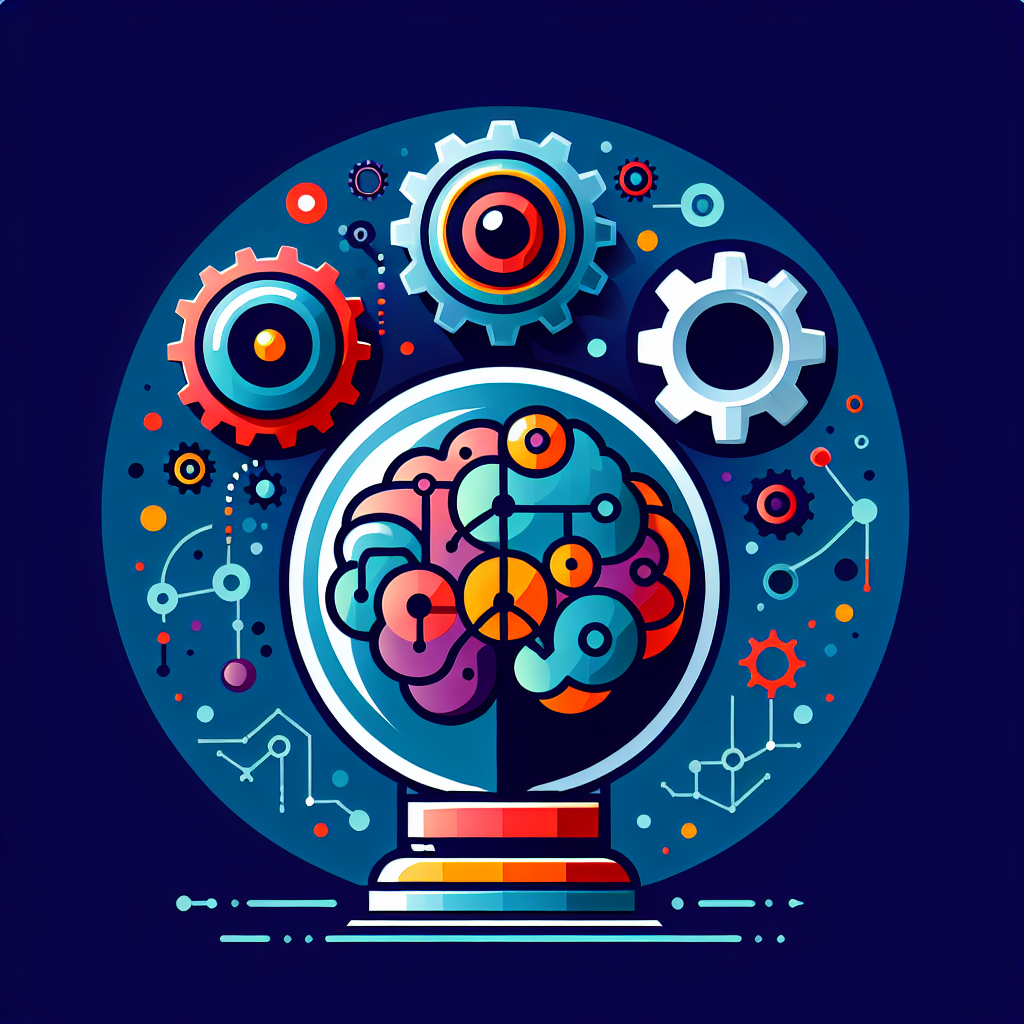In today’s data-driven world, businesses are constantly looking for ways to gain a competitive edge and make better decisions. Predictive analytics, a process that uses data and statistical algorithms to predict future outcomes, has become an essential tool for many organizations. With the advent of artificial intelligence (AI) and machine learning, predictive analytics has become even more powerful and accurate.
AI and machine learning algorithms are able to analyze large amounts of data at a speed and scale that would be impossible for humans to achieve. By learning from past data patterns and trends, these algorithms can make predictions about future events with a high degree of accuracy. This has revolutionized the field of predictive analytics, allowing businesses to make more informed decisions and anticipate future trends and opportunities.
One of the key roles of AI and machine learning in predictive analytics is in the creation of predictive models. These models are built by feeding historical data into the algorithm, which then analyzes the data to identify patterns and relationships. Once the model is trained, it can be used to make predictions on new data, allowing businesses to forecast future outcomes with a high degree of accuracy.
Another important role of AI and machine learning in predictive analytics is in the automation of the prediction process. With traditional predictive analytics methods, analysts would have to manually build and test models, a time-consuming and labor-intensive process. AI and machine learning algorithms can automate much of this process, allowing businesses to quickly generate predictions and make decisions in real-time.
AI and machine learning algorithms also have the ability to continuously learn and improve over time. By analyzing the results of past predictions, these algorithms can detect patterns and trends that may not be immediately apparent to human analysts. This allows businesses to refine their predictive models and make more accurate predictions as new data becomes available.
One of the key benefits of using AI and machine learning in predictive analytics is the ability to uncover hidden insights and trends in data. These algorithms are able to analyze vast amounts of data from multiple sources, uncovering patterns and relationships that may not be immediately apparent to human analysts. This can help businesses make more informed decisions and identify new opportunities for growth and innovation.
Overall, the role of AI and machine learning in predictive analytics is to improve the accuracy and efficiency of predictions, automate the prediction process, and uncover hidden insights in data. By leveraging these technologies, businesses can make better decisions, anticipate future trends, and stay ahead of the competition in today’s fast-paced business environment.
FAQs:
Q: How accurate are predictions made using AI and machine learning algorithms?
A: Predictions made using AI and machine learning algorithms can be highly accurate, especially when trained on large amounts of high-quality data. These algorithms are able to identify patterns and relationships in data that may not be immediately apparent to human analysts, allowing them to make more accurate predictions.
Q: How can businesses use predictive analytics to improve their operations?
A: Businesses can use predictive analytics to forecast demand, optimize inventory levels, identify customer trends, detect fraud, and make more informed decisions. By leveraging AI and machine learning algorithms, businesses can make more accurate predictions and anticipate future trends, allowing them to stay ahead of the competition.
Q: What are some common challenges in implementing AI and machine learning in predictive analytics?
A: Some common challenges in implementing AI and machine learning in predictive analytics include the need for high-quality data, the complexity of building and training predictive models, and the difficulty of interpreting and explaining the results of these models. Businesses may also face challenges in integrating AI and machine learning algorithms into their existing systems and processes.
Q: How can businesses ensure the ethical use of AI and machine learning in predictive analytics?
A: Businesses should ensure that they are using AI and machine learning algorithms in a responsible and ethical manner. This includes being transparent about how predictive models are built and used, ensuring the privacy and security of data, and monitoring and evaluating the impact of these algorithms on different stakeholders. Additionally, businesses should be mindful of bias and discrimination in predictive models and take steps to mitigate these risks.
In conclusion, the role of AI and machine learning in predictive analytics is to improve the accuracy and efficiency of predictions, automate the prediction process, and uncover hidden insights in data. By leveraging these technologies, businesses can make better decisions, anticipate future trends, and stay ahead of the competition in today’s fast-paced business environment.

